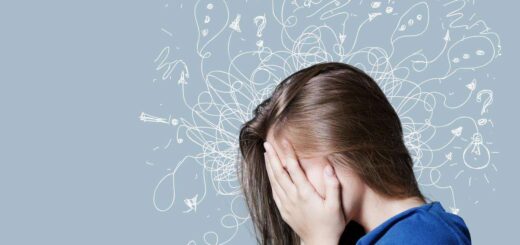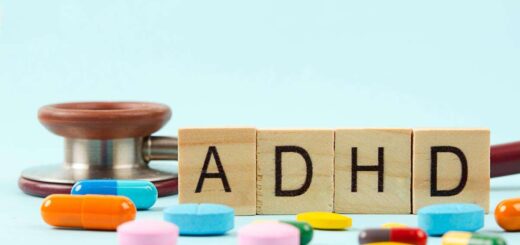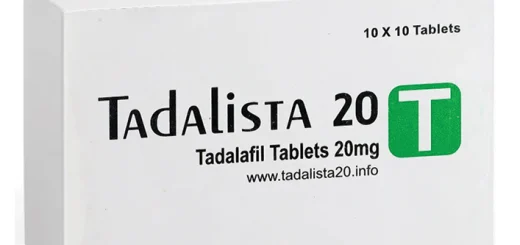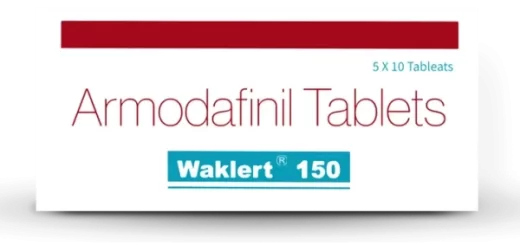What are the different subtypes of ADHD?

The neurodevelopmental disorder known as Attention Deficit Hyperactivity Disorder (ADHD) mostly affects a person’s capacity for concentration, activity regulation, and impulse control. ADHD can have a significant negative impact on everyday living, academic performance, and social interactions in both adults and children.
Impulsive behavior, too much action, and trouble paying attention are the three main signs of this condition. Those who have ADHD may have trouble controlling their energy, focusing on chores, and waiting to act until they have given them a lot of thought.
There are three main subtypes of ADHD
Predominantly Inattentive Presentation
This subtype’s members mostly have trouble paying attention and staying organized. Following directions, finishing tasks, and keeping focused on activities may be hard for them.
Predominantly Hyperactive-Impulsive Presentation
This group includes patients who are hyperactive and impulsive but don’t have major problems paying attention. They might get antsy, move around a lot, and find it hard to wait their turn. Impulsive people may talk over somebody else, take risks, and make hasty choices.
Combined Presentation
These signs come from both the inattentive and hyperactive-impulsive subtypes. Several people in this group have issues paying attention, being hyperactive, and acting without thinking.
Inattentive ADHD
With little to no hyperactivity or impulsivity, inattentive ADHD is a subtype of ADHD that exhibits problems with order and attention. Focusing problems, forgetting and avoiding tasks are all signs of this disorder. This type may seem unorganized, forgetful, and bad at keeping track of time. It has an impact on school, work, and social life. The main goals of treatment are to improve order, time management, and attention through behavioral therapy, psychoeducation, and medication. People who have inattentive ADHD can handle their symptoms and live full lives with the right help and support.
Hyperactive-Impulsive ADHD
Hyperactive-impulsive ADHD is a type of ADHD that is characterized by restlessness and recklessness with smaller attention issues. Symptoms include twitching, squirming, immobility, talking too much, interrupting, and having trouble listening. This personality type may seem anxious, impulsive, and always on the go. Their ability to control themselves and make quick choices is a problem. Focusing on self-control, impulse management, and social skills, treatment includes behavioral techniques, psychoeducation, and medication. Individuals with hyperactive-impulsive ADHD can effectively control their symptoms and live full lives with the right help and adjustments.
Combined Presentation ADHD
Hyperactive-impulsive ADHD is a type of ADHD that is characterized by being too active and impulsive, with minor attention issues. Some of the signs are fidgeting, having trouble staying seated, performing too much physical activity, talking too much, interrupting, and having trouble listening. This type of personality seems restless, reckless, and always on the go. A lot of the time, they have trouble controlling themselves and making quick decisions. Through behavioral techniques, psychoeducation, and medication, the main goals of treatment are to help people control their impulses, be more self-controlled, and improve their social skills. If someone with hyperactive-impulsive ADHD gets the right help and support, they can manage their symptoms and live full lives.
Diagnosis and Treatment Options
Applying DSM-5 criteria to a person’s medical background, symptoms, and functional limitations is necessary to confirm a diagnosis of ADHD. Treatment usually uses more than one method and is adaptable to each person’s needs. Common choices include: 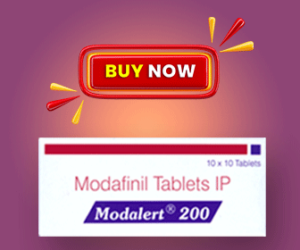
- Behavioral treatment, such as cognitive behavioral therapy (CBT) and behavior modification, to teach how to deal with symptoms and get better at things.
- To help people focus, pay attention, and control their impulses, doctors prescribe medicines like methylphenidate (a stimulant) and atomoxetine (a non-stimulant) to balance the brain’s chemicals.
- People and families with ADHD can learn about coping techniques and get educational and psychoeducational help.
- Training for parents to teach them how to best raise, communicate, and handle behavior problems.
- Interventions at school, such as IEPs or 504 plans that add accommodations like extra time on tests and better seats.
Changing the way you live by eating well, exercising, and getting enough sleep can improve your health in general.


